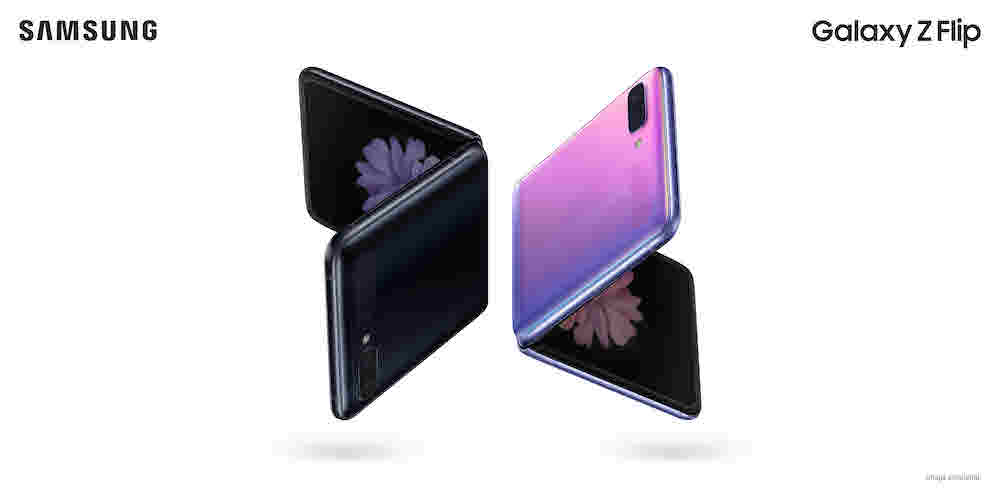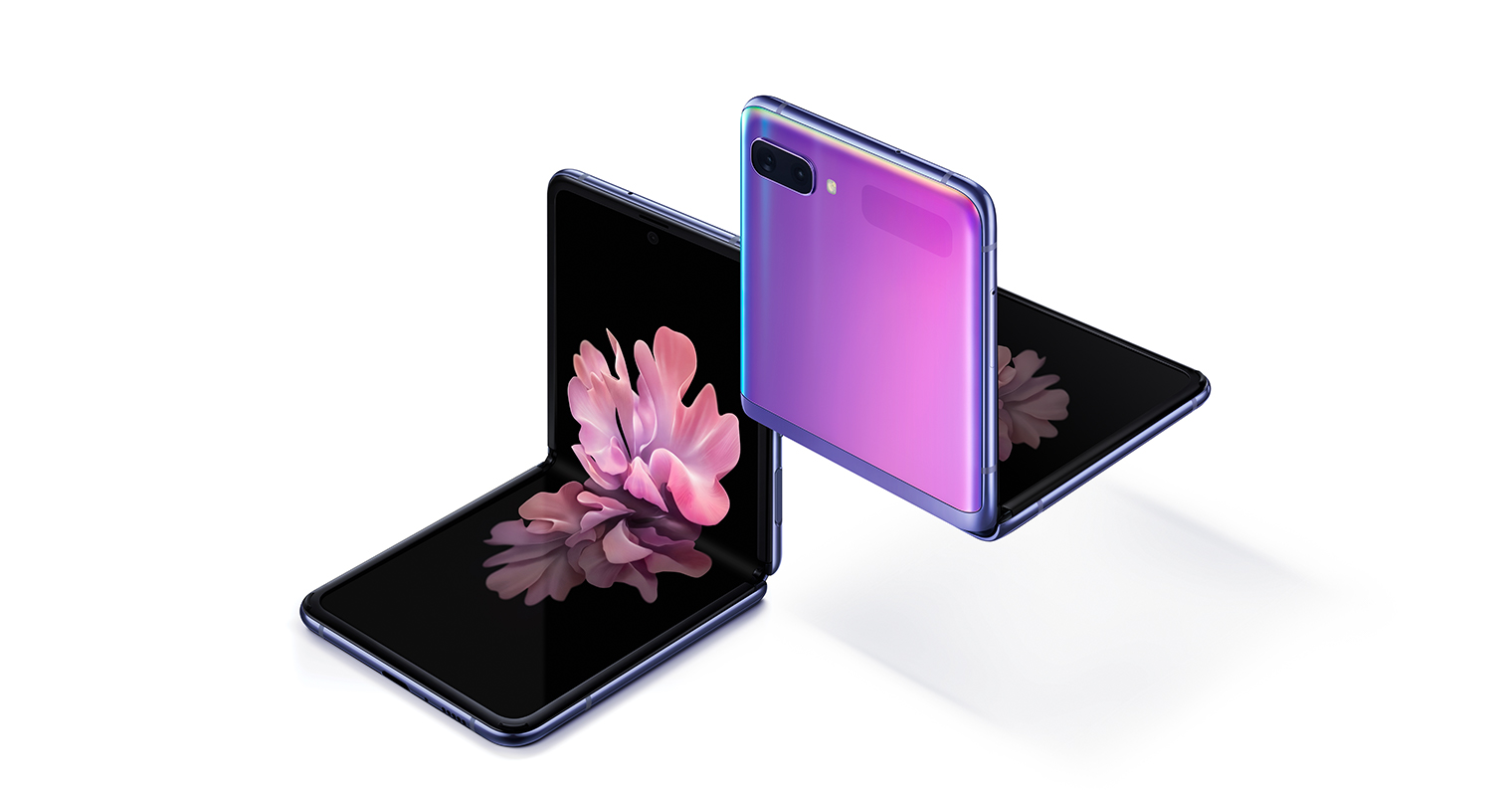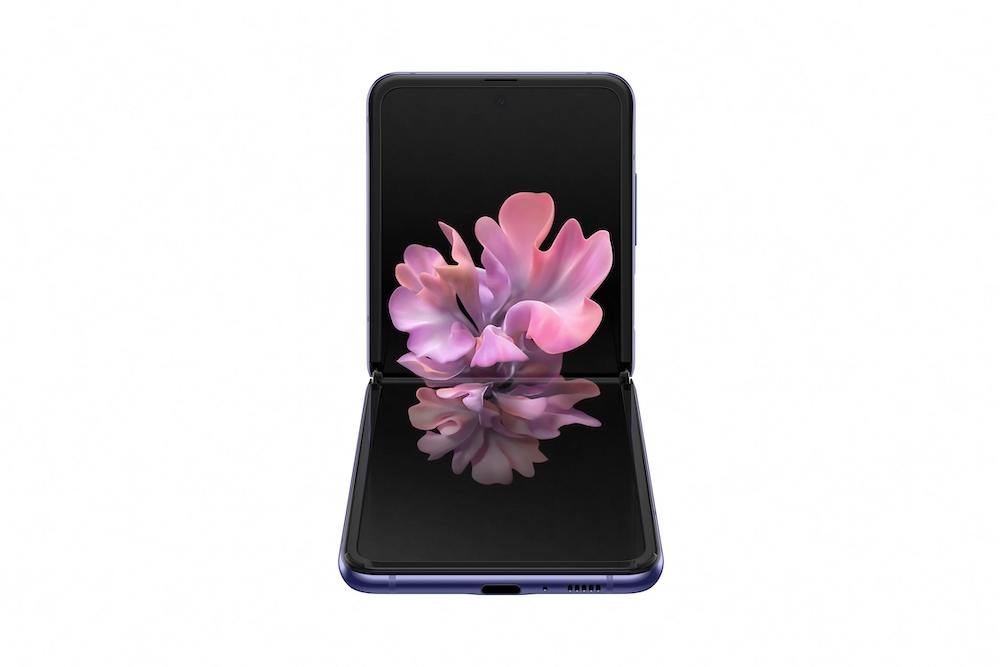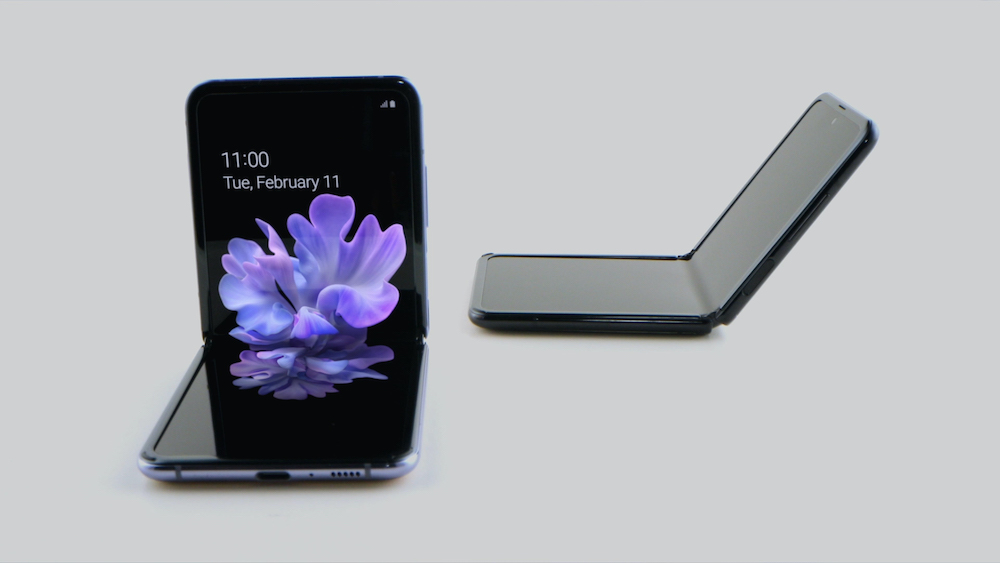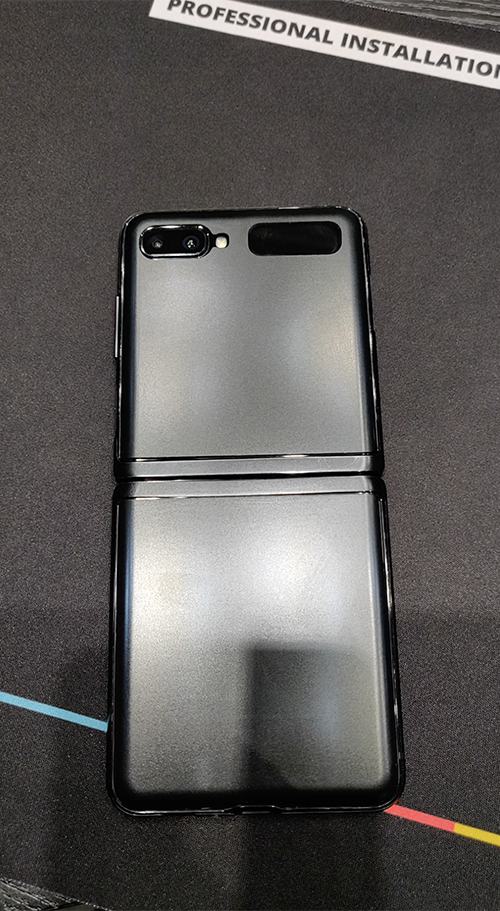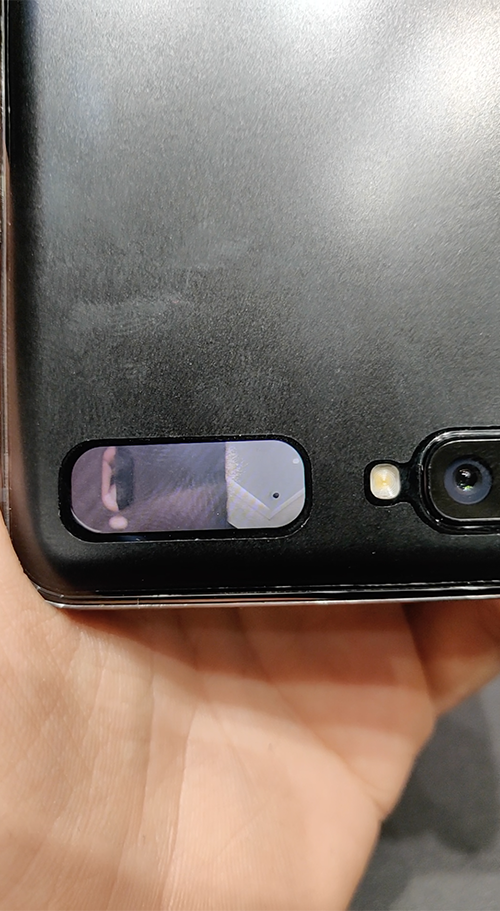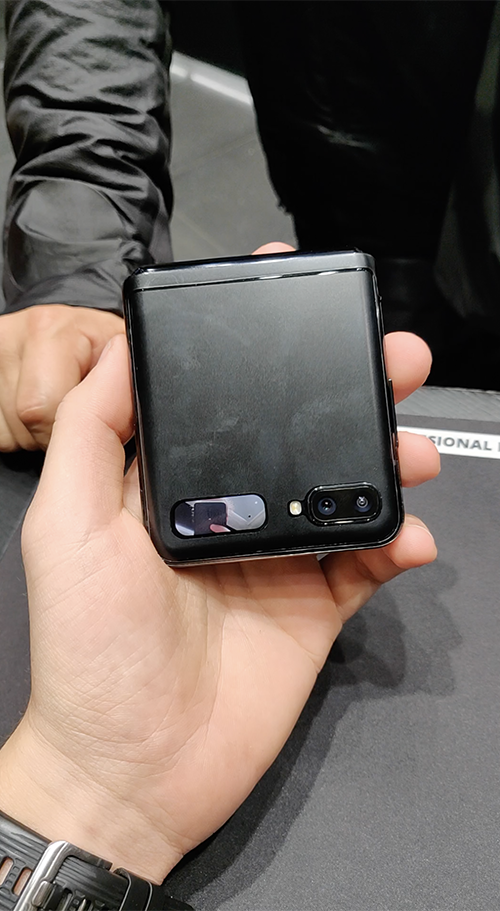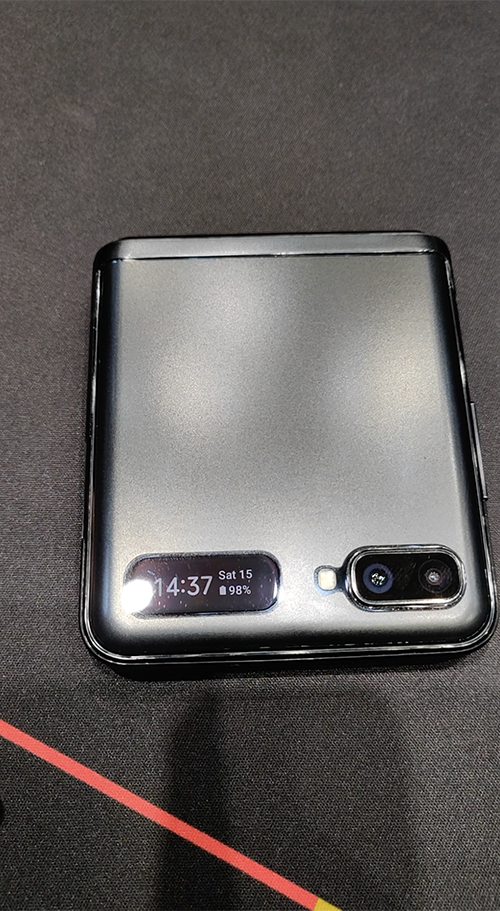In the mobile world, folding mobile phones have been experiencing a "small renaissance" recently. They can come in many different forms, from the classic clamshells that were a hit many, many years ago, to the simple folding design of closing the phone in on itself. So far, many manufacturers have tried these models, will Apple go down this path sometime in the future?
There are many foldable phones on the market today, from Samsung Galaxy Z Flip, the original Galaxy Fold, Morotola Razr, Royole FlexPai, Huawei Mate X and many more, especially Chinese models trying to jump on the new wave of popularity. However, are folding mobile phones on the way, or is it just a blind development branch that only plays into a kind of stagnation in the design of classic smartphones?
It could be interest you
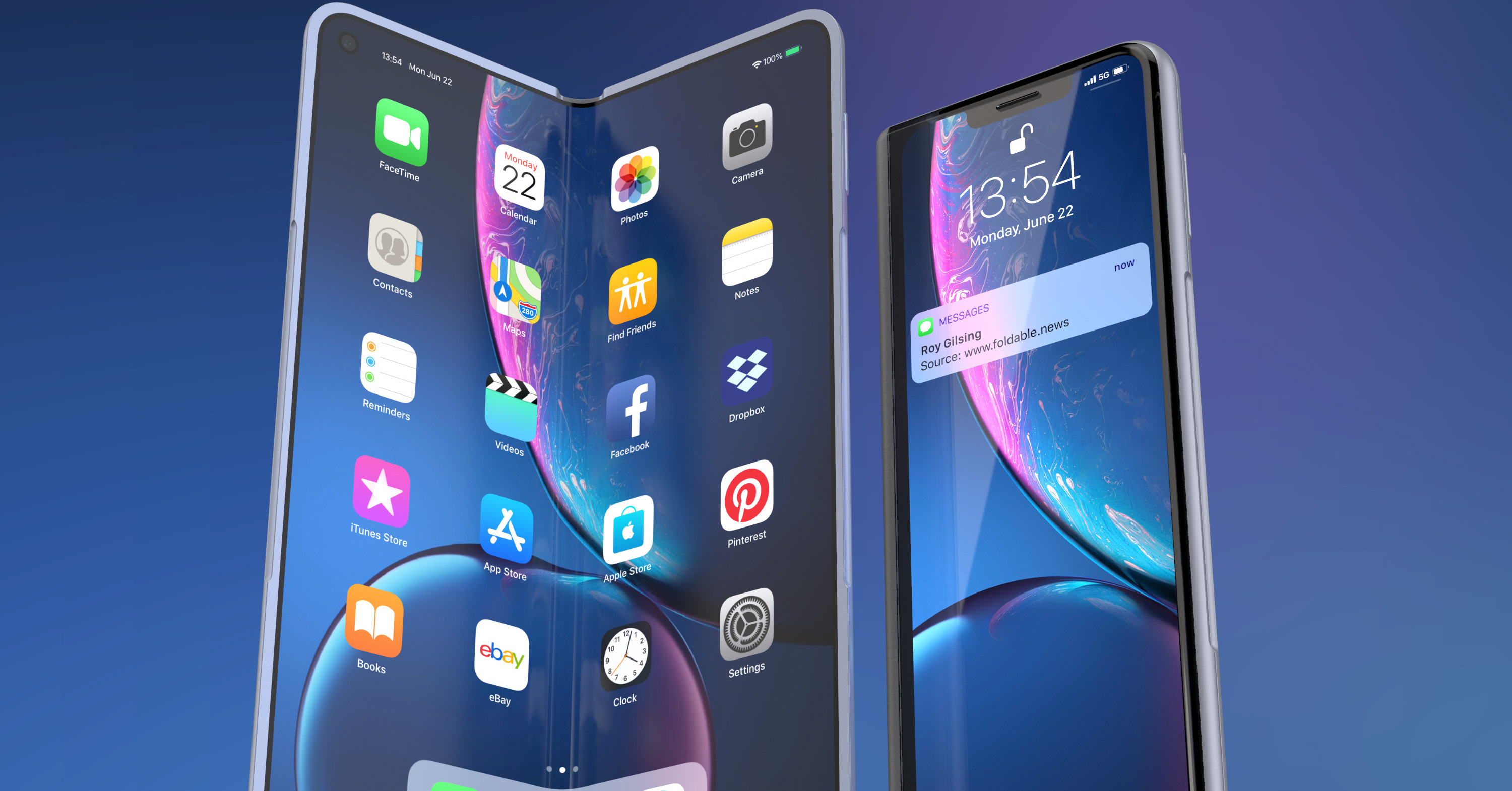
Apple and the foldable iPhone - reality or nonsense?
In the year or so that folding phones have been talked about and actually appeared among people, several fundamental shortcomings that this design suffers from have become clear. In the opinion of many, the company so far has not been able to effectively deal with the used space on the body of the phone, especially in its closed position. Secondary displays, which should be used in closed mode, are far from achieving the quality of the main displays, and in some cases they are even absurdly small. Another big problem is the materials used. Due to the folding mechanism, this applies especially to displays as such, which cannot be covered with classic tempered glass, but with a much more plastic material that can be bent. Although it is very flexible (in bending), it lacks the resistance of classic tempered glass.
Check out the Samsung Galaxy Z Flip:
A second potential problem is the unfolding mechanism itself, which presents a space where clutter or, for example, traces of water can get relatively easily. There is no water resistance that we are used to with ordinary phones. The whole concept of folding phones thus far appears to be just that - a concept. Manufacturers are trying to fine-tune folding phones gradually. There are several directions in which they are going, but at the moment it is impossible to say whether any of them is bad or which one is actually better. Both Motorola and Samsung and other manufacturers have come up with interesting models that may indicate the potential future of smartphones. However, these are usually very expensive phones that rather serve as a kind of public prototypes for enthusiasts.
It could be interest you

Apple doesn't have much of a tendency to break through where no one has gone before. It is clear that there are at least several prototypes of foldable iPhones at the company's headquarters, and Apple engineers are testing what such an iPhone could look like, what constraints are attached to this design, and what could or could not be improved on current foldable phones. However, we cannot expect to see a foldable iPhone in the near future. If this concept turns out to be successful and something to build the "smartphone of the future" on, it's likely that Apple will go in that direction as well. Until then, however, it will be exclusively marginal and very experimental devices, on which individual manufacturers will test what is and what is not possible.
